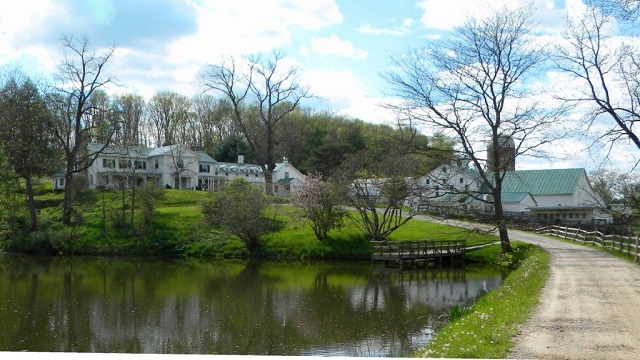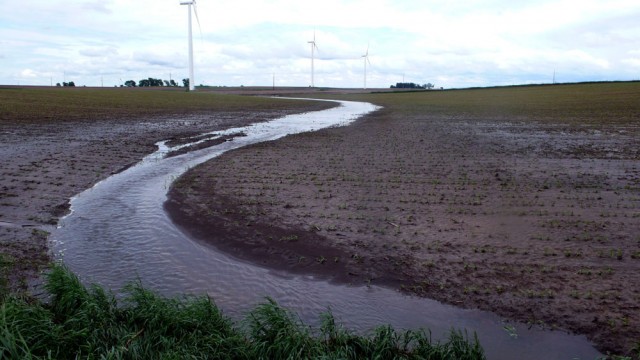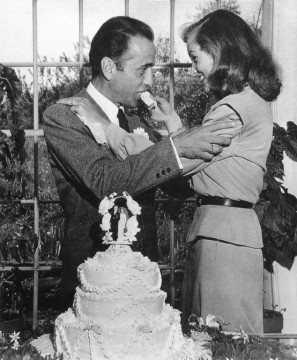“The problem of soil and water conservation is our gravest and most fundamental national problem.”
-- Louis Bromfield (1896-1956)
In the heart of Ohio lies a one-of-a-kind state park that is also a working farm. Malabar Farm is the living legacy of an early and unlikely pioneer in sustainable agriculture: Pulitzer Prize-winning author Louis Bromfield.
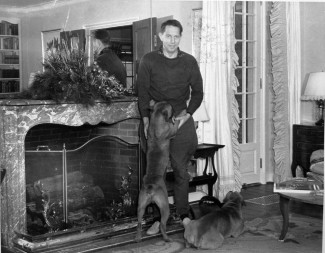
Born in Mansfield, Ohio, in 1896, Bromfield was the son and grandson of farmers. In 1920, Bromfield began a career as a journalist and writer, which took him to New York City and then to the countryside of France, where he moved with his family. His career as a novelist and screenwriter brought him to California frequently, where he became friends with many Hollywood stars, such as Humphrey Bogart and Errol Flynn.*
With war looming in Europe, Bromfield moved his wife and three children back to Ohio. In 1939, longing to get back to the land and put down roots, he purchased several adjacent farms in Happy Valley and named it Malabar Farm. Now the owner of a thousand acres of Midwestern farmland, Bromfield wanted to do something untraditional with it, something other than just growing crops for profit. So he established Malabar Farm as a research and development site for scientific farming and became a pioneer in what he called “new agriculture.”
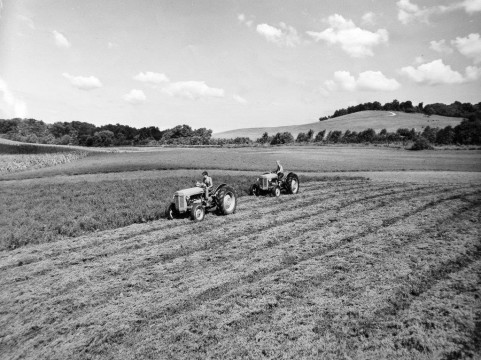
The primary objective of Louis Bromfield’s new agriculture was the conservation of soil and water. He believed that resource conservation was America’s greatest challenge, especially after the devastating years of the Dust Bowl. He planted his fields in several different kinds of grasses, including alfalfa and clover. These grasses put nitrogen and organic material back into the soil and became forage for his livestock. He did not use chemical fertilizers -- experimenting with natural “barnyard” fertilizers on his fields -- and he never used pesticides. Rather than straight rows and square fields, Bromfield practiced contour farming, a technique that prevents water erosion, and replaced fences with hedges, which helped to slow down wind erosion. He also created ponds and grass waterways to conserve water and prevent runoff.
